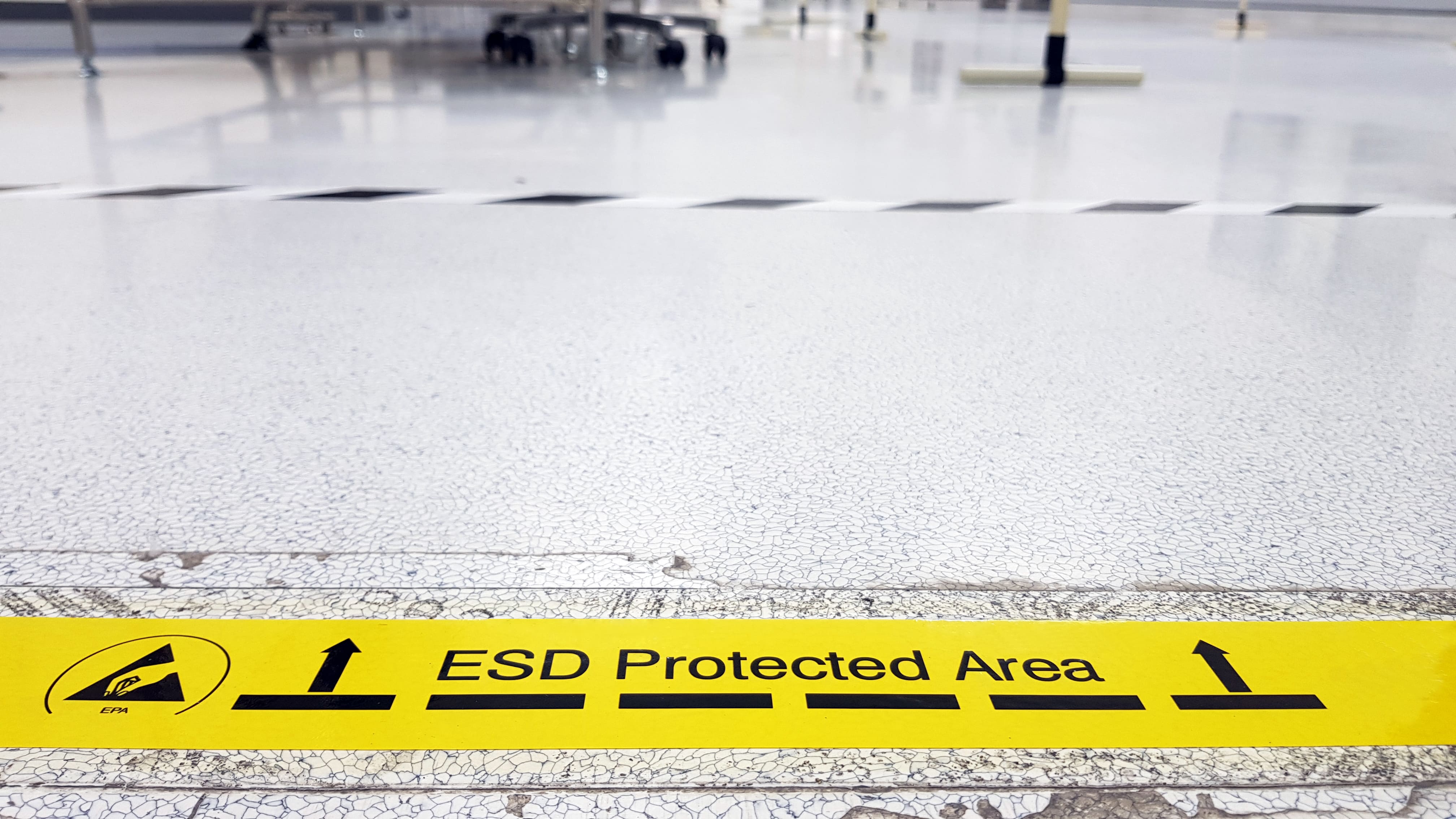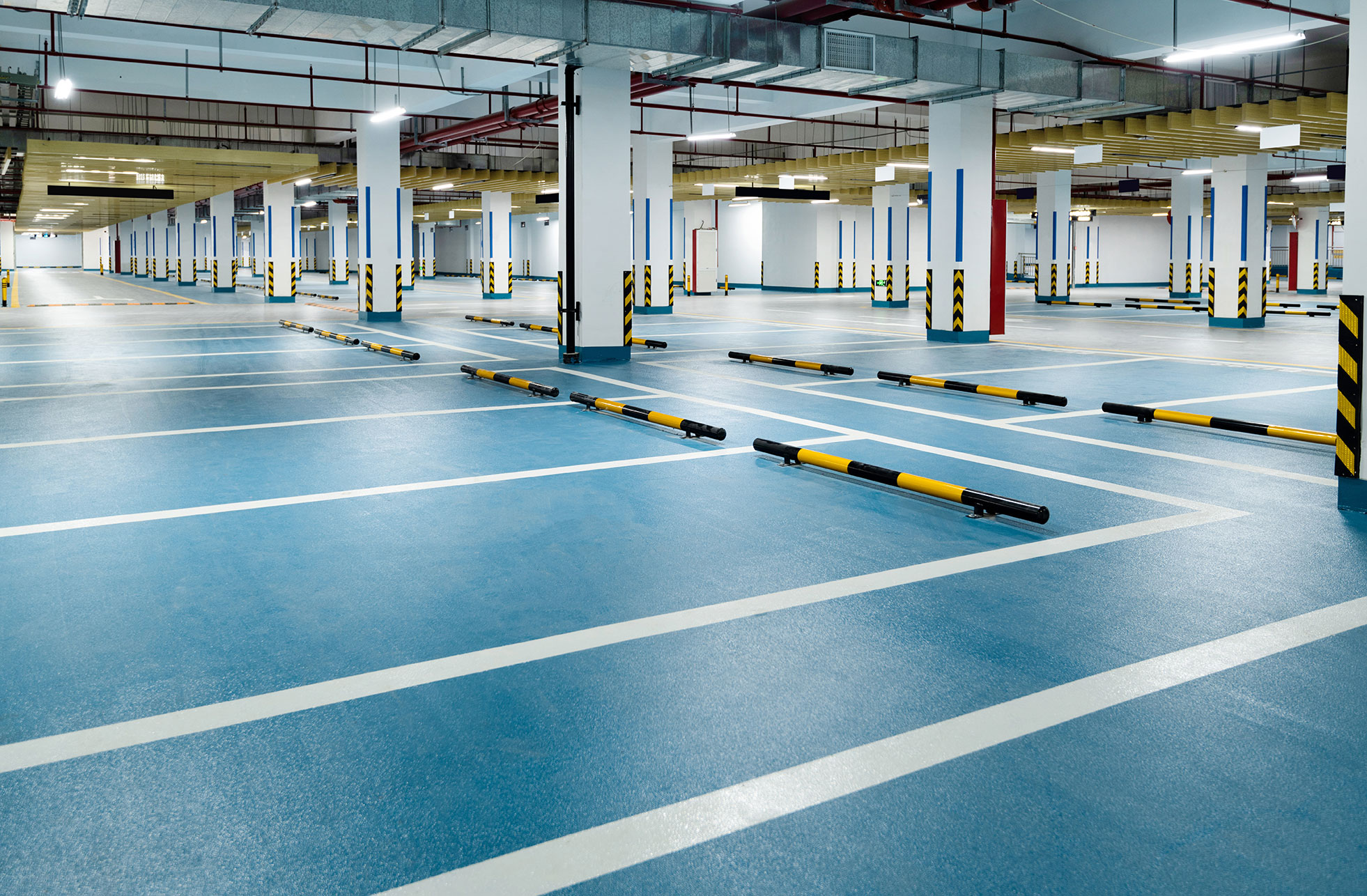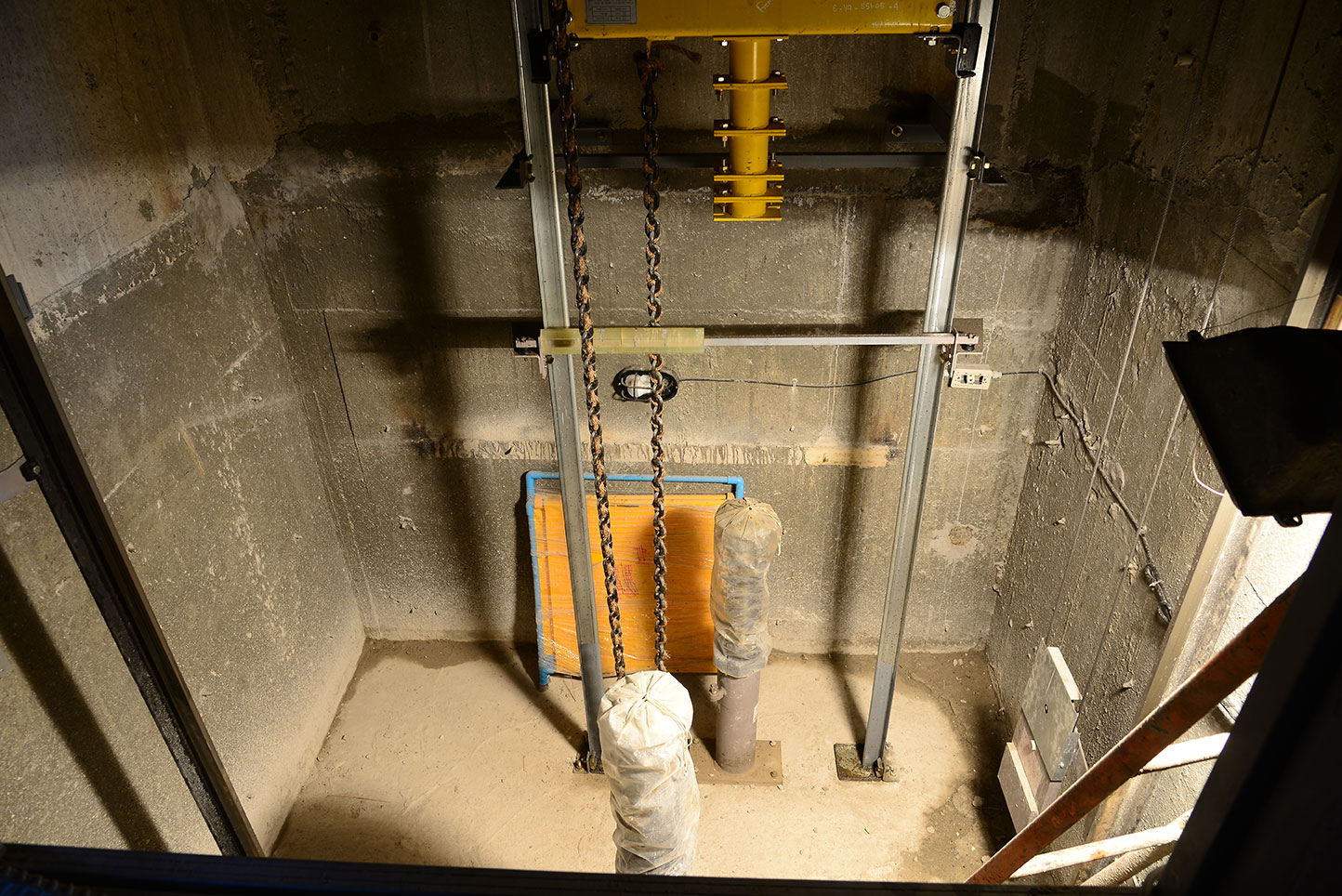
What is ESD Flooring? A Beginner’s Guide to Electrostatic Protection
ARDEX ENDURA
12 Nov 2025
05 Min
Understanding ESD (Electrostatic Discharge)
Electrostatic discharge, or ESD, is the sudden flow of electricity between two charged objects. We often experience it as a small spark when touching a metal surface. But in industrial and technical environments, it can be far more damaging.
Static electricity builds up through friction. Think of it as shoes rubbing against the floor, and when that energy finds a conductive path, it releases in a split second. In everyday life, this is a minor inconvenience.
But in sensitive environments, ESD can destroy delicate electronics, contaminate cleanroom processes or even shut down data centres. This is because a single spark may damage microchips, corrupt stored data or interfere with surrounding equipment.
Common problem areas without proper electrostatic discharge flooring include:
- Workers unknowingly carry static on their footwear
- Handling printed circuit boards without grounding
- Static that’s generated during packaging and transport
There are two main approaches to managing static: conductive and dissipative solutions. Conductive systems quickly channel electricity into the ground, whereas dissipative systems release the charge at a slower, controlled rate.
Both have their place depending on how sensitive the environment is and how strictly discharge needs to be managed. So, let’s delve deeper into ESD flooring.
What is ESD Flooring and How Does it Work?
ESD flooring is a surface system designed to ground static electricity. Hence, it is important to protect both people and machines from discharge risks.
Here are the two main types of electrostatic discharge flooring:
- Conductive Flooring: It creates a highly efficient path to ground by allowing electrical charges to flow quickly. Surface resistance range for this flooring is 10³ to 10⁵ ohms.
- Dissipative Flooring: This slows down discharge for controlled protection. Surface resistance range for dissipative flooring is typically 10⁶ to 10⁹ ohms.
These systems use conductive layers or fillers that connect to a grounded structure. As people move across the surface, static flows through the flooring into the ground. However, it should not be confused with antistatic flooring.
Antistatic floors only reduce the chance of charge build-up, but it doesn’t provide grounding. It does pose some risk for electronics, flammable objects and other materials.
On the flip side, true ESD flooring actively channels charges away. And, in turn, it protects your electronics, making it a much stronger safeguard that can be applied.
Key Features & Benefits of ESD Flooring
- Static Control: It primarily prevents sudden discharge and then diverts it.
- Protection for Equipment: One of the main safeguards is for your expensive electronic systems.
- Compliance: It’s highly compliant and meets global standards like ANSI/ESD S20.20 and IEC 61340.
- Durability: ESD flooring is usually strong enough for heavy loads, and it’s also resistant to wear.
- Chemical Resistance: Well-applied electrostatic discharge flooring also withstands harsh cleaning and lab conditions.
- Designed for High-Traffic Areas: You can consider it to be reliable in busy industrial settings where the footfall is heavy.
Where is ESD Flooring Used?
Industries relying on ESD flooring include:
- Electronics and Semiconductors: This includes chip plants and PCB assembly.
- Hospitals and Labs: ESD flooring protects devices from electrical interference.
- Data Centres: The flooring helps by keeping your servers stable.
- Automotive Assembly: It’s essential for the safe handling of electronic parts.
- Aerospace: It protects both avionics and controls.
- Pharmaceutical Cleanrooms: They ensure safe production environments for workers as well as products.
Choosing the Right ESD Flooring Solution
Before selecting an electrostatic discharge flooring system, you must consider the following factors:
- Surface Resistance: Start by matching ratings to your application.
- Moisture & Chemical Resistance: This is crucial in labs and the pharmaceutical industry.
- Installation Area: Consider whether it’s a new build or retrofit.
- Maintenance Requirements: If it’s easier to clean, that means longer performance.
- Budget & Life Expectancy: You must weigh upfront cost against long-term durability. Additionally, consider the exposure conditions the floor will face, such as moisture, temperature, heavy traffic, etc. These factors significantly impact the lifespan of the flooring.
High-performance Ardex Endura solutions for ESD flooring:
Epoxy Options:
- R 625 CE: This one is a high-performance epoxy with static control.
- R 625 CE Dissipative: It offers controlled static release for sensitive environments, and it is self-smoothening.
Polyurethane Options:
- R 701 CP: It’s a PU Conductive flooring solution with good resistance for tough industries.
- R 702 CP: A PU Dissipative system offering chemical and static control, great for demanding spaces.
Installation & Maintenance Tips
Beyond just picking the right products, these are some tips that make installation and maintenance easier:
- Surface Preparation: Ensure that the floors are dry, clean, and free of cracks.
- Primers & Underlayments: Use the recommended Ardex Endura systems for the best application.
- Grounding: With the correct installation of grounding strips, your safety is ensured.
- Daily Cleaning: Employ neutral pH, non-abrasive cleaners to maintain conductivity.
- Testing: Regular resistance checks keep floors compliant with standards.
Conclusion
ESD flooring is a practical safeguard against the hidden risks of static discharge. Grounding charges before they cause harm protects your systems, be it the equipment, staff or processes in industries where reliability is non-negotiable.
Furthermore, with systems like R 625 CE, R 625 CE Dissipative, R 701 CP, and R 702 CP, Ardex Endura provides a comprehensive suite of solutions. They combine durability, safety and compliance, hence ensuring your critical spaces stay protected well into the future.




